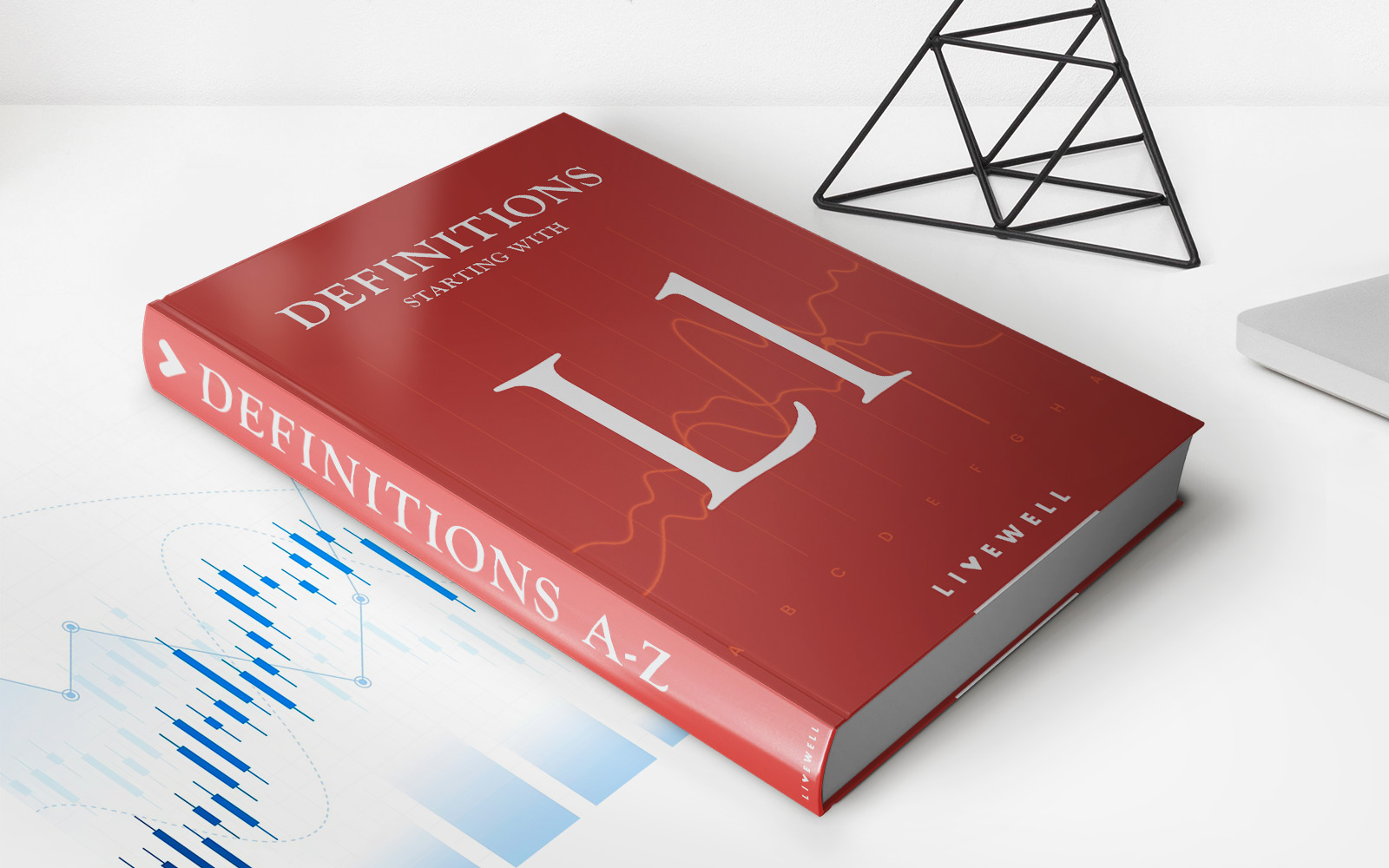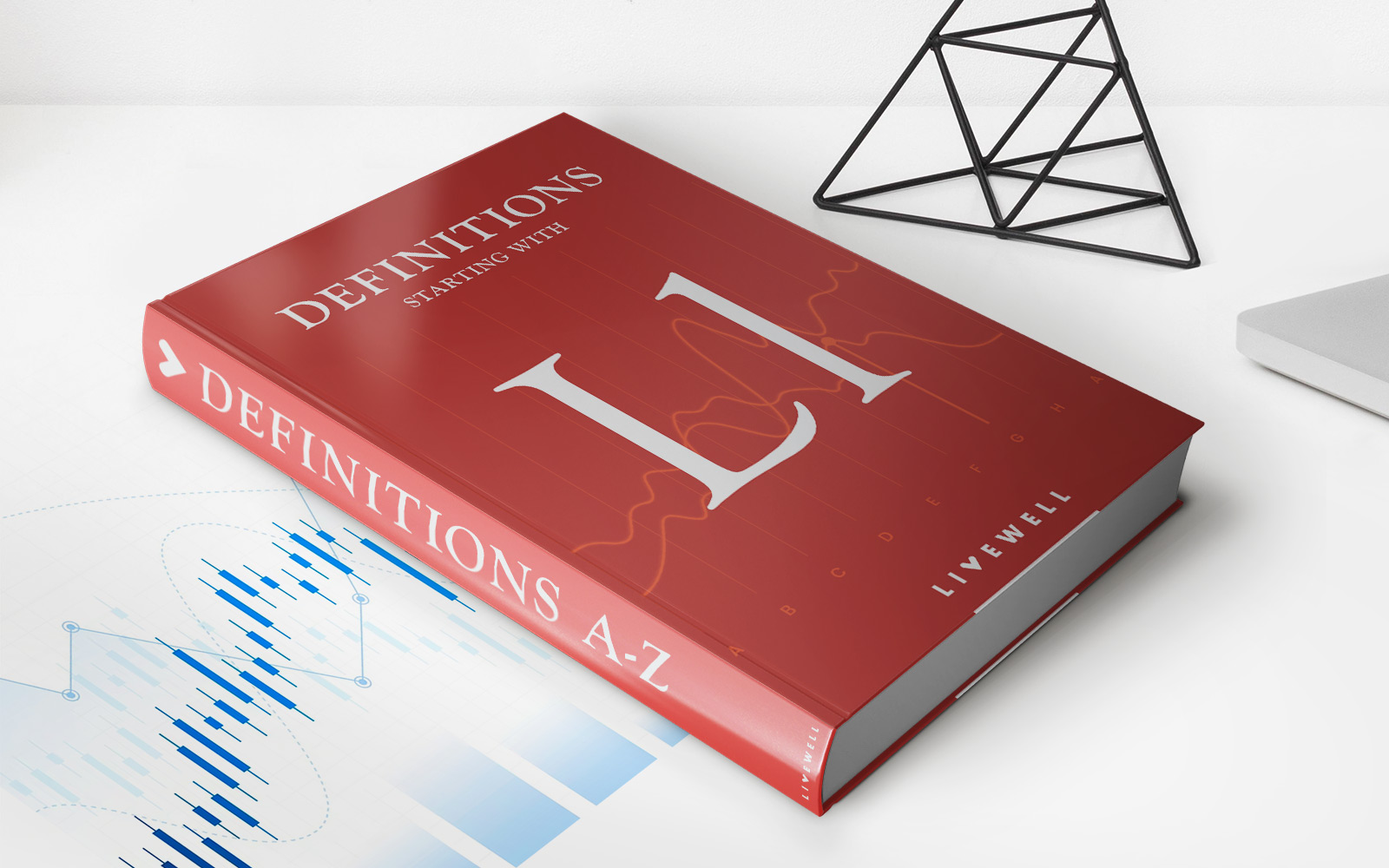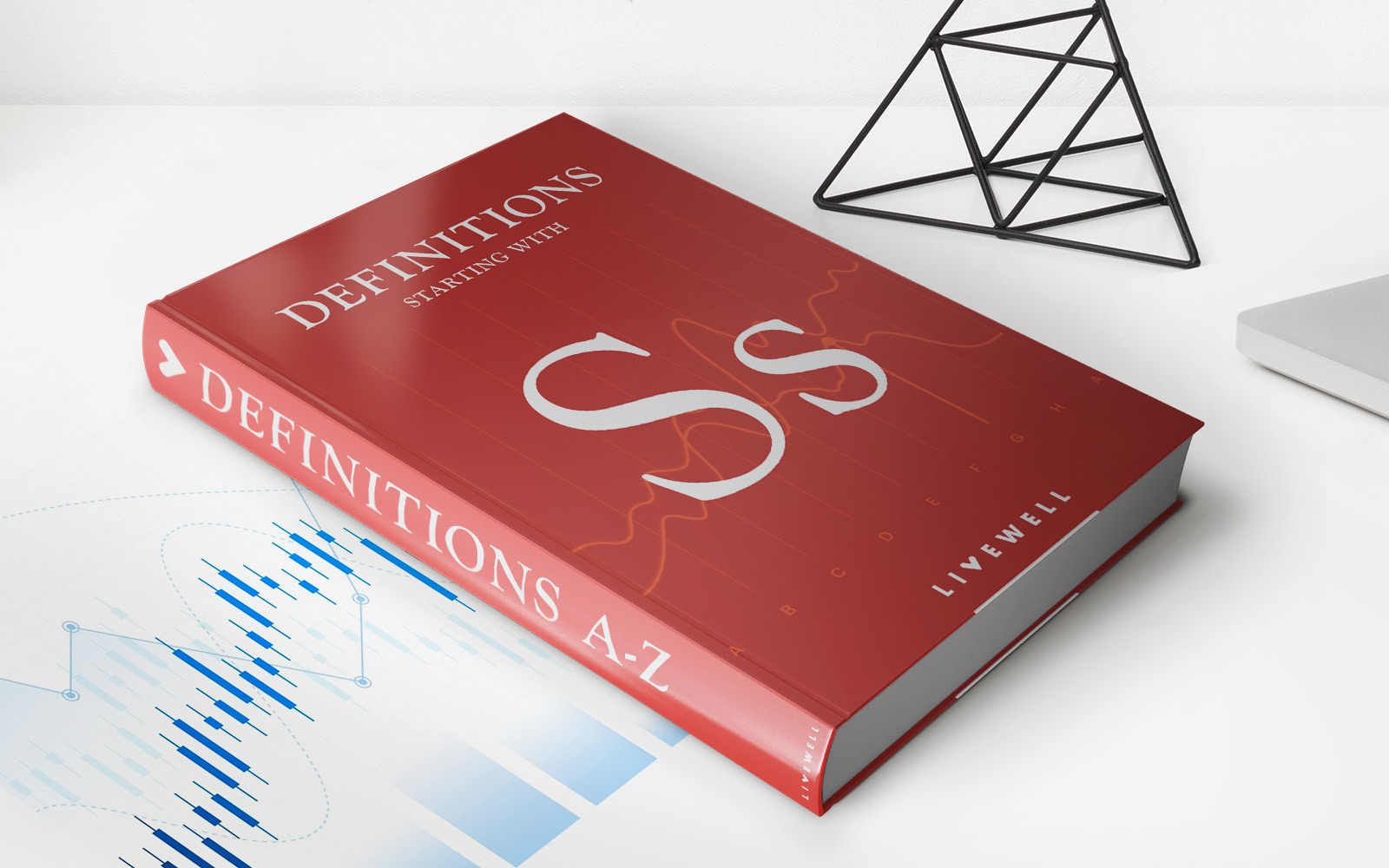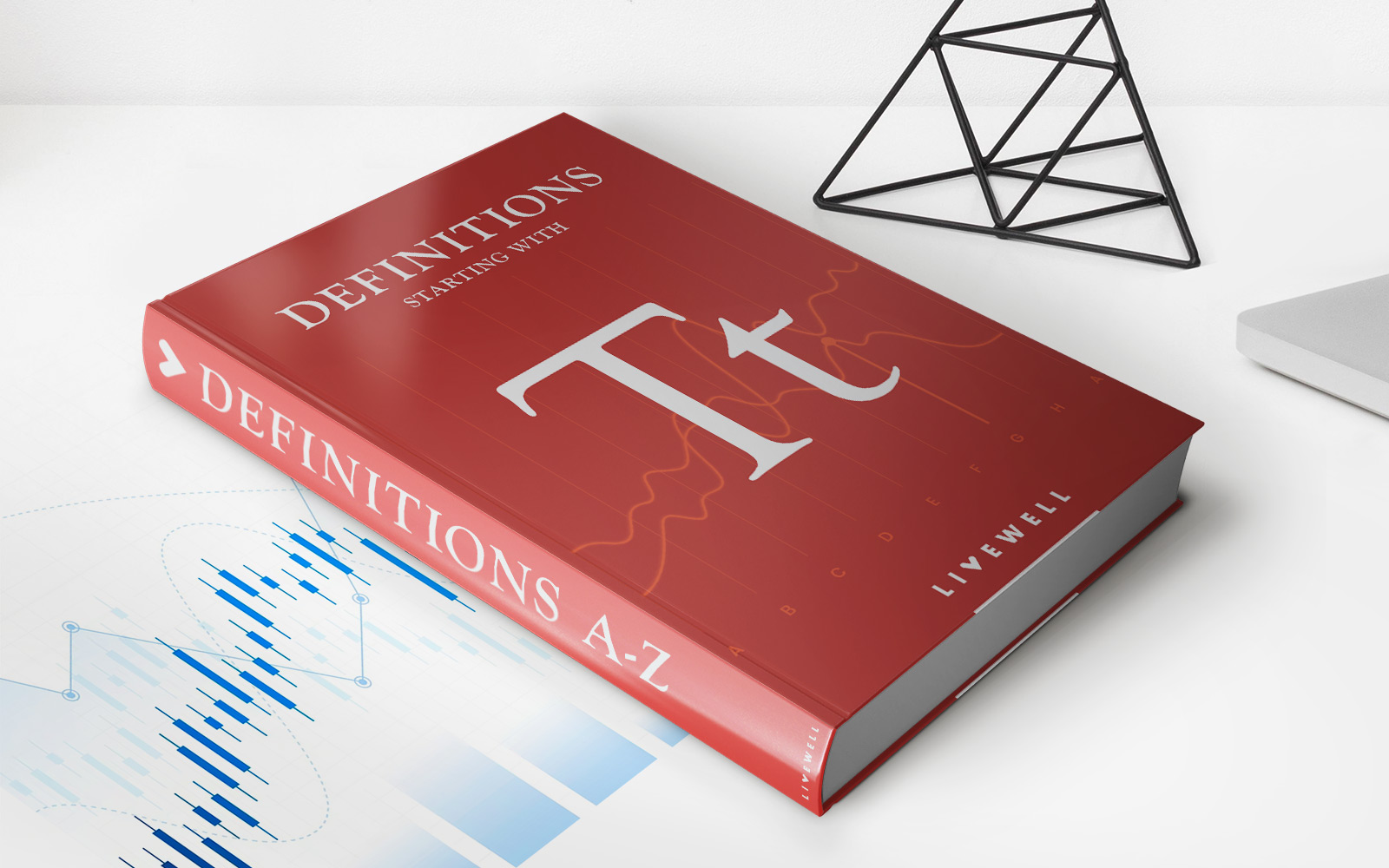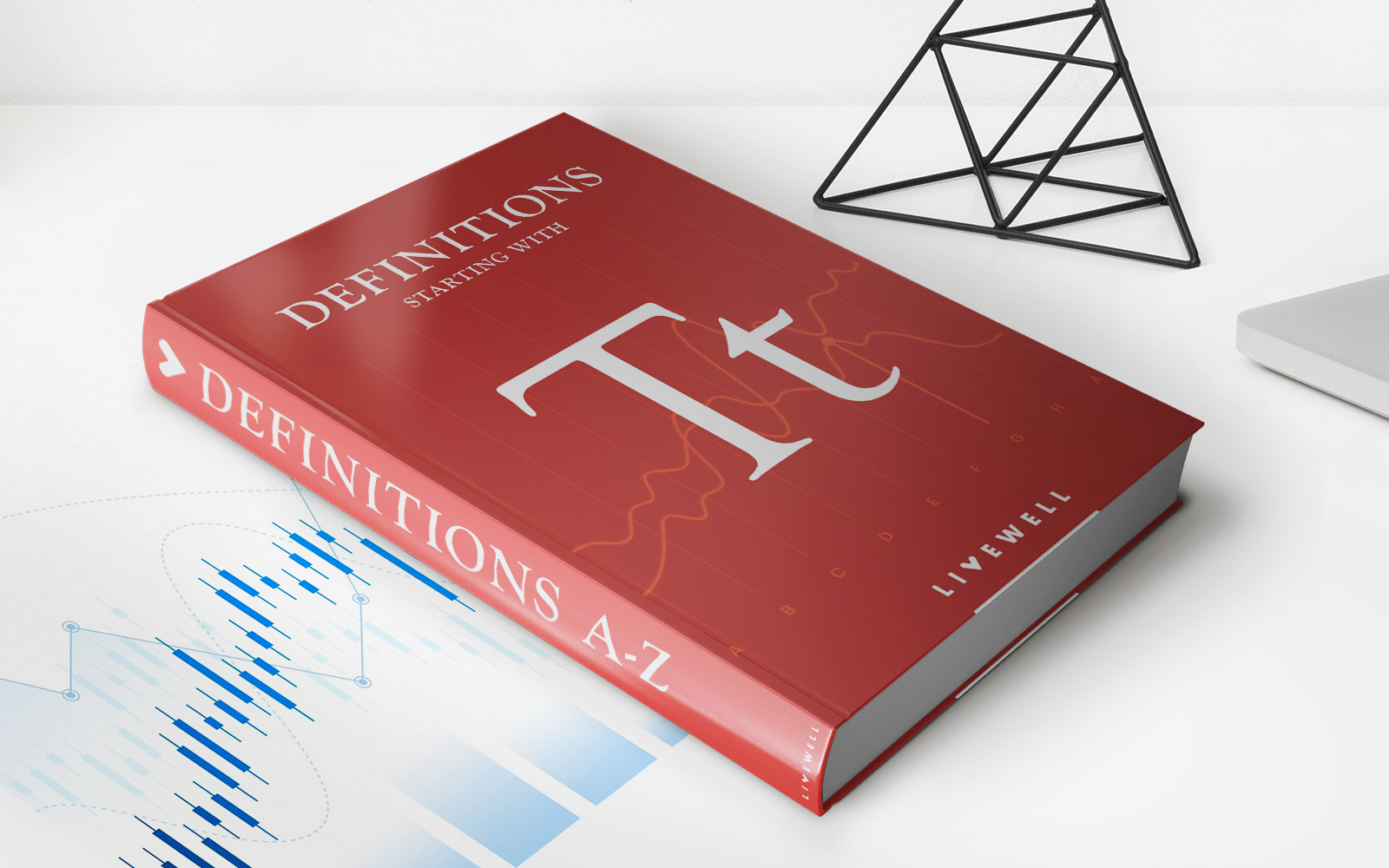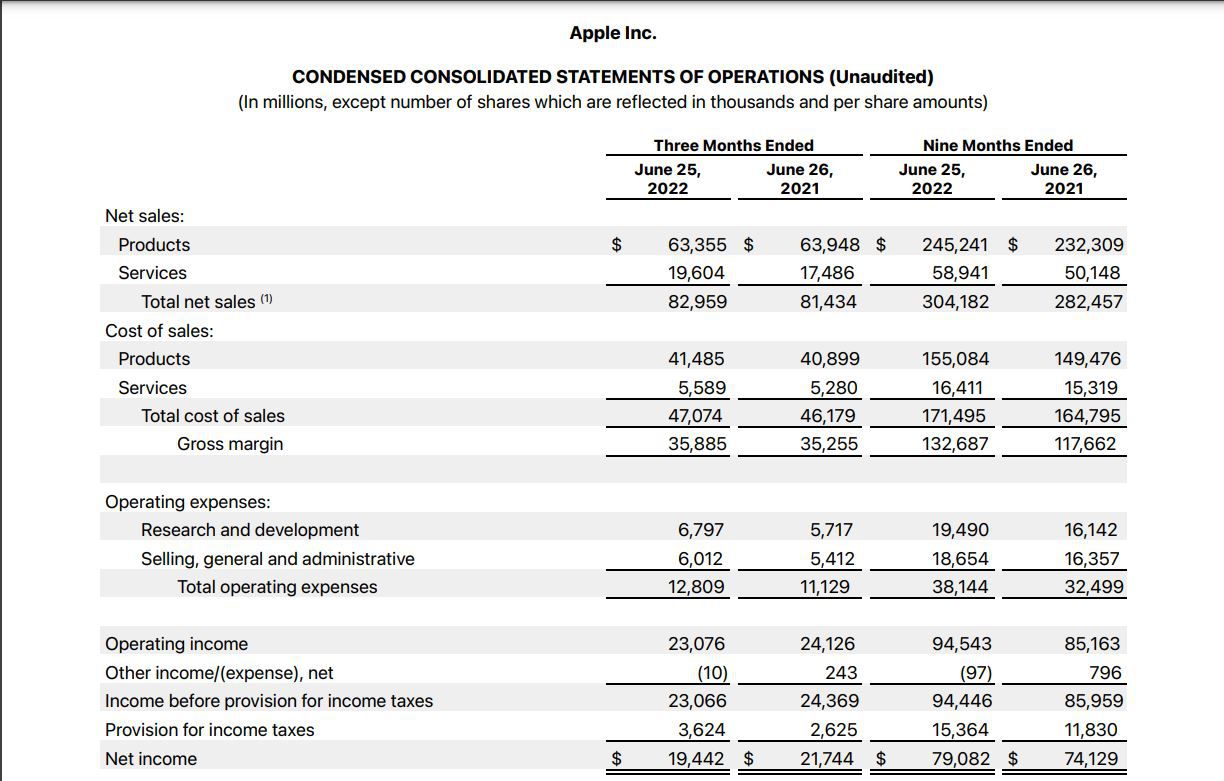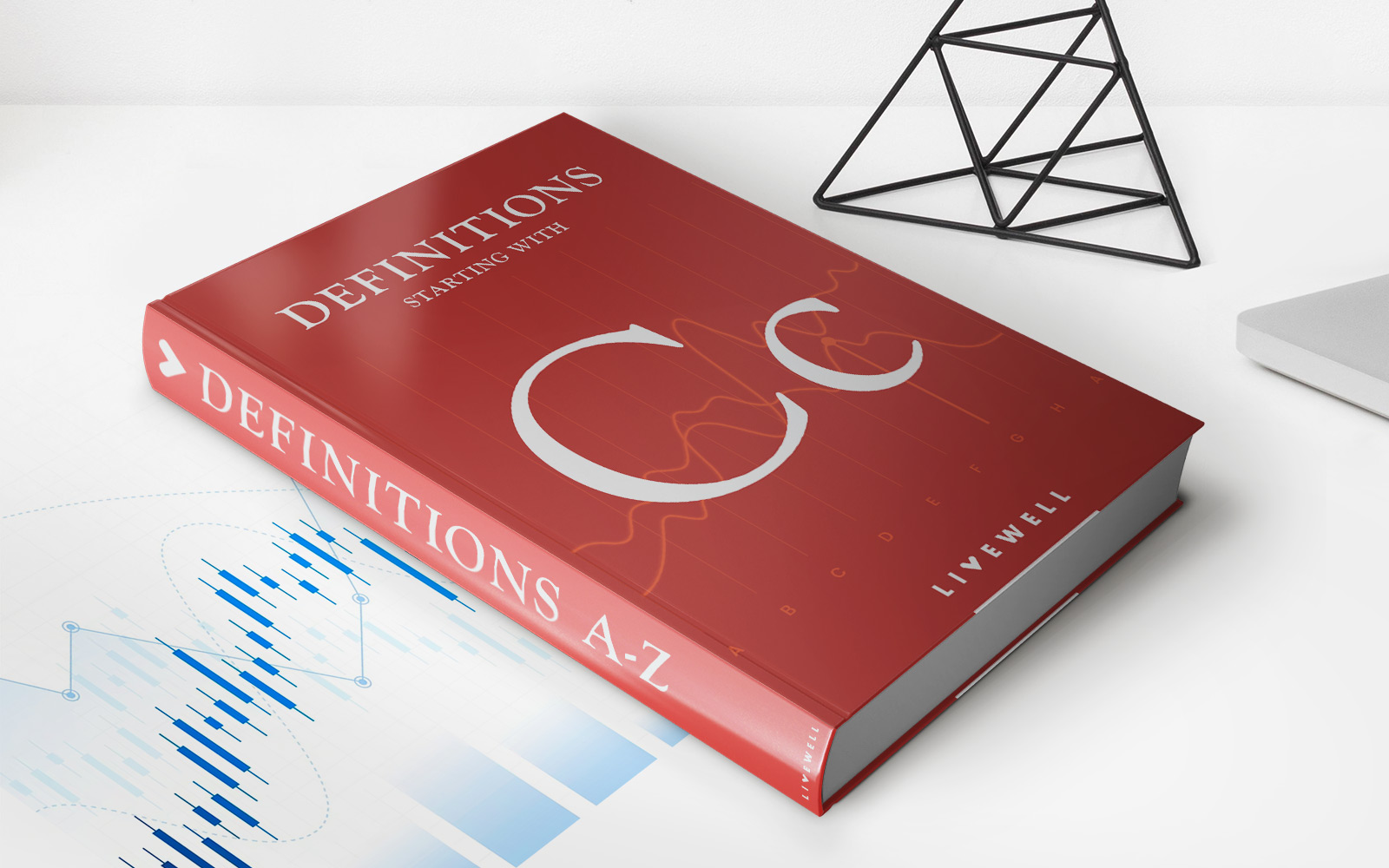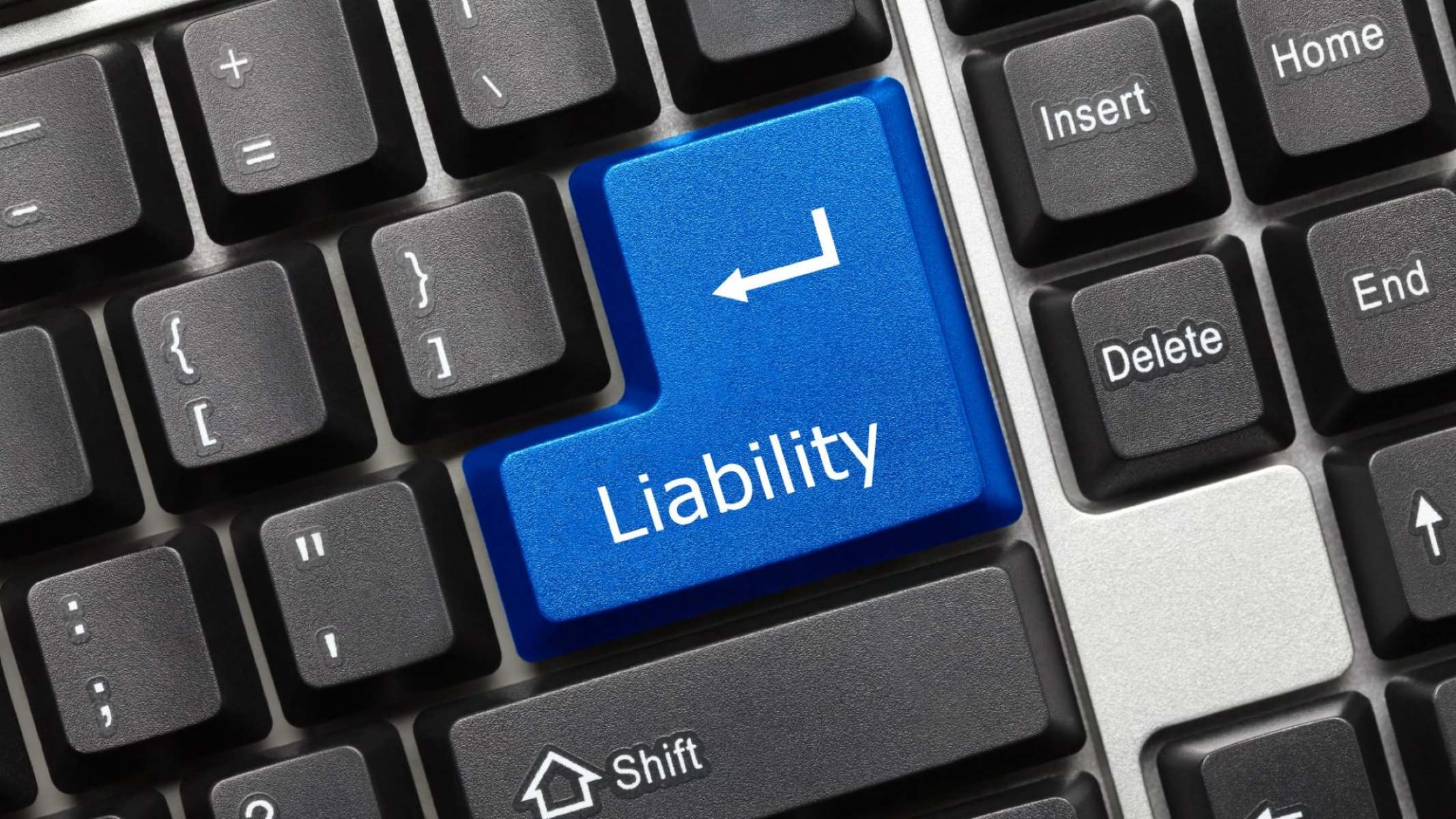

Finance
How To Calculate Liabilities In Accounting
Published: October 10, 2023
Learn how to calculate liabilities in accounting and manage your finance effectively. Understand the importance of tracking your financial obligations for better financial decision-making
(Many of the links in this article redirect to a specific reviewed product. Your purchase of these products through affiliate links helps to generate commission for LiveWell, at no extra cost. Learn more)
Table of Contents
Introduction
Welcome to our comprehensive guide on how to calculate liabilities in accounting. Liabilities play a crucial role in understanding the financial health and obligations of a business or individual. In accounting, liabilities refer to the debts or obligations that an entity owes to another party, whether it’s a loan, a payable, or an accrued expense.
Accurate calculation and recording of liabilities are essential for financial reporting and decision-making. It allows businesses to assess their financial obligations, manage cash flow, and evaluate their ability to meet financial commitments.
In this article, we will explore the different types of liabilities, including current liabilities and long-term liabilities. We will also discuss contingent liabilities and the importance of calculating and recording liabilities correctly in financial statements. Additionally, we will provide examples to help you better understand how to calculate liabilities in real-life scenarios.
Whether you are a business owner, an accounting student, or an individual seeking to improve your financial literacy, understanding the concept of liabilities and how to calculate them is essential. So, let’s dive in and explore the world of liabilities in accounting!
Definition of Liabilities
Liabilities can be defined as the financial obligations or debts that an entity owes to another party. These obligations can arise from various sources, such as loans, payables, or accrued expenses. In accounting, liabilities are recorded on the balance sheet and are an important component of a company’s financial position.
Liabilities can be classified into two main categories: current liabilities and long-term liabilities.
Current liabilities refer to the debts or obligations that are expected to be settled within a short period, usually within one year. Examples of current liabilities include accounts payable, short-term loans, accrued expenses, and income taxes payable. These obligations need to be settled in a relatively short timeframe and are an important consideration when assessing a company’s liquidity and short-term financial health.
On the other hand, long-term liabilities pertain to debts or obligations that are not expected to be settled within the next year. These obligations typically span over a longer period of time, often several years, and include items such as long-term loans, bonds payable, and pension liabilities. Long-term liabilities provide insight into a company’s long-term financial stability and its ability to meet its financial obligations in the future.
It’s important to note that liabilities are different from equity. While liabilities represent external obligations, equity represents the ownership stake or residual interest in an entity. Equity is recorded on the balance sheet as the difference between a company’s assets and liabilities.
Understanding the different types and nature of liabilities is crucial for financial analysis and decision-making. It helps stakeholders evaluate a company’s financial health, assess its ability to meet its obligations, and make informed decisions regarding investments, lending, and overall risk management.
Types of Liabilities
Liabilities can be categorized into different types based on various factors, including the time frame for settlement and the nature of the obligation. Let’s explore the main types of liabilities:
- Current Liabilities: Current liabilities are debts or obligations that are expected to be settled within a short period, usually within one year. These liabilities are an important consideration when assessing a company’s liquidity and short-term financial health. Examples of current liabilities include accounts payable, short-term loans, accrued expenses, and income taxes payable.
- Long-Term Liabilities: Long-term liabilities, also known as non-current liabilities, are debts or obligations that are not expected to be settled within the next year. These liabilities typically span over a longer period of time, often several years. Examples of long-term liabilities include long-term loans, bonds payable, lease obligations, and pension liabilities. Long-term liabilities provide insights into a company’s long-term financial stability and its ability to meet its financial obligations in the future.
- Contingent Liabilities: Contingent liabilities are potential obligations that may arise from uncertain future events. These liabilities are dependent on the occurrence of specific events and their financial impact. Examples of contingent liabilities include pending lawsuits, warranties, and guarantees. Contingent liabilities are disclosed in the footnotes of financial statements as they may have a significant impact on a company’s financial position in the future.
- Deferred Liabilities: Deferred liabilities, also known as unearned revenues, arise when a company receives payment from a customer for goods or services that are yet to be provided. These liabilities represent an obligation to deliver the promised goods or services in the future. Examples of deferred liabilities include advance payments or deposits from customers.
Understanding the different types of liabilities is crucial for financial analysis and decision-making. It allows stakeholders to assess a company’s financial health, liquidity, and long-term stability. By analyzing these liabilities, investors, creditors, and management gain valuable insights into an entity’s ability to meet its financial obligations and make informed business decisions.
Current Liabilities
Current liabilities are debts or obligations that are expected to be settled within a short period, usually within one year. These liabilities provide insight into a company’s short-term financial health and its ability to meet its immediate financial obligations. Let’s take a closer look at some common types of current liabilities:
- Accounts Payable: Accounts payable represent the amounts owed by a company to its suppliers and vendors for goods or services that have been purchased on credit. These liabilities are typically short-term in nature and are expected to be settled within a specified period, usually 30 to 90 days. Proper management of accounts payable is crucial for maintaining good relationships with suppliers and managing cash flow effectively.
- Short-Term Loans: Short-term loans are borrowing arrangements that are due to be repaid within one year or less. These loans can be obtained from financial institutions or other lenders to meet immediate funding needs or bridge temporary cash flow gaps. Examples of short-term loans include lines of credit, working capital loans, and revolving credit facilities. Monitoring and managing short-term loans effectively are important for maintaining liquidity and managing interest expenses.
- Accrued Expenses: Accrued expenses refer to costs or liabilities that have been incurred but have not yet been paid or recorded. These expenses are recognized and recorded in the accounting period in which they occur, even if payment is not made until a later date. Common examples of accrued expenses include salaries and wages payable, utility bills, and interest payable. Accrued expenses are important to consider for accurate financial reporting and forecasting future cash outflows.
- Income Taxes Payable: Income taxes payable represent the amount of taxes owed by a company to the tax authorities based on its taxable income. These taxes are typically payable within a year after the end of the financial reporting period. Accurate calculation and timely payment of income taxes are essential to comply with tax regulations and avoid any penalties or legal issues.
Measuring and managing current liabilities is crucial for overall financial management and strategic decision-making. It allows businesses to assess their short-term liquidity, prioritize payments, and maintain favorable relationships with creditors and suppliers. By monitoring and effectively managing these liabilities, companies can ensure smooth operations, strengthen their financial position, and seize opportunities for growth.
Long-Term Liabilities
Long-term liabilities, also known as non-current liabilities, are debts or obligations that are not expected to be settled within the next year. These liabilities provide insights into a company’s long-term financial stability and its ability to meet its financial obligations over an extended period. Let’s explore some common types of long-term liabilities:
- Long-Term Loans: Long-term loans are borrowing arrangements that are due to be repaid over an extended period, typically more than one year. These loans are often obtained from financial institutions or investors to fund major investments, capital expenditures, or business expansions. Examples of long-term loans include mortgages, term loans, and debentures. Managing long-term loans is essential for ensuring the availability of funds for long-term projects and meeting repayment obligations.
- Bonds Payable: Bonds payable are long-term debt instruments issued by a company to raise capital from investors. These bonds have a specified term and interest rate, and they represent a company’s obligation to make periodic interest payments to bondholders and repay the principal amount upon maturity. Bonds payable are important for companies looking to finance large-scale projects, and they impact the company’s financial position and interest expense over the long term.
- Lease Obligations: Lease obligations arise when a company enters into lease agreements for the use of assets such as property, vehicles, or equipment. These obligations represent the future lease payments that the company is committed to making over the lease term. Lease obligations can have significant financial implications and need to be accurately recorded and disclosed in the financial statements according to accounting standards.
- Pension Liabilities: Pension liabilities arise from a company’s obligation to provide retirement benefits to its employees. These liabilities include pension plans, such as defined benefit plans, where the employer promises specific retirement benefits based on factors such as years of service and average salary. Calculating and managing pension liabilities requires careful actuarial analysis and forecasting to ensure solvency and the ability to meet retirement benefit obligations.
Long-term liabilities play a crucial role in evaluating a company’s financial stability, debt management, and long-term prospects. Proper management of these liabilities is essential for maintaining financial health, meeting repayment obligations, and preserving the company’s creditworthiness in the market.
Contingent Liabilities
Contingent liabilities are potential obligations that may arise from uncertain future events. Unlike current and long-term liabilities, contingent liabilities depend on the occurrence of specific events, and their financial impact cannot be determined with certainty. Contingent liabilities are disclosed in the footnotes of financial statements as they may have a significant impact on a company’s financial position in the future. Let’s explore some common examples of contingent liabilities:
- Pending Lawsuits: A company may face pending lawsuits or legal claims that could result in financial obligations if the outcome is unfavorable. These legal proceedings could involve issues such as breach of contract, intellectual property disputes, or product liability. The financial impact of pending lawsuits can vary significantly and is uncertain until the final judgment or settlement is reached.
- Warranties and Guarantees: Companies often provide warranties and guarantees for their products or services. These assurances represent potential liabilities if the company needs to honor warranty claims or fulfill guarantee obligations. The financial impact of these contingent liabilities depends on factors such as the number of claims, nature of the warranties, and the company’s historical experience with warranty costs.
- Environmental Liabilities: Companies that operate in industries with environmental risks may have contingent liabilities related to potential environmental damage or cleanup costs. These liabilities can arise from pollution, hazardous waste disposal, or regulatory non-compliance. The financial impact of environmental liabilities can be significant, and companies need to estimate and disclose these obligations based on available information and assessments.
- Unrecognized Financial Commitments: Unrecognized financial commitments refer to obligations that are not recorded on the balance sheet but may result in future liabilities. These commitments can include agreements for future financing, purchase obligations, or contractual commitments. It is important to monitor and disclose these commitments to provide transparency and give stakeholders a complete picture of a company’s potential financial obligations.
Contingent liabilities require careful consideration and disclosure to provide transparency and ensure that stakeholders are fully informed about potential risks. While these obligations are not certain at the time of financial reporting, they can have a material impact on a company’s financial position and should be evaluated and monitored closely.
Calculation of Liabilities
The calculation of liabilities involves determining the amount of financial obligations that a company owes to other parties. Accurate calculation of liabilities is crucial for financial reporting and analysis. Here are some steps involved in calculating liabilities:
- Identify the Types of Liabilities: Start by identifying the various types of liabilities, such as current liabilities, long-term liabilities, and contingent liabilities. Different types of liabilities require different calculations and considerations.
- Gather Relevant Information: Collect the necessary information, including financial statements, invoices, contracts, loan agreements, and other supporting documentation that provide details about the liabilities. Ensure that the information is accurate and up to date.
- Determine the Amount of Each Liability: For each liability, determine the specific amount owed. This may involve reviewing invoices, loan statements, or contractual obligations to identify the exact monetary value of each liability.
- Consider Interest and Time Frame: Take into account any interest or finance charges associated with the liabilities. Some liabilities, such as loans or bonds payable, may accrue interest over time. Additionally, consider the time frame for settling the liabilities, as it can impact the classification and financial reporting of the liabilities.
- Calculate Contingent Liabilities: Contingent liabilities require careful estimation and analysis. Assess the probability of occurrence and potential financial impact of uncertain events, such as pending lawsuits or warranty claims. Consult legal advisors or experts, if necessary, to make reasonable estimates of these contingent liabilities.
- Aggregate and Summarize: Once all the individual liabilities have been calculated, aggregate and summarize the total amount of liabilities. This provides a clear picture of the company’s overall financial obligations.
It is important to note that calculating liabilities is an ongoing process that should be performed regularly to reflect changes in financial obligations. As new liabilities arise or existing liabilities are settled, the calculation should be updated to accurately represent the company’s financial position.
By accurately calculating liabilities, companies can ensure transparency in financial reporting, make informed business decisions, and fulfill their financial obligations in a timely manner.
Recording Liabilities in Financial Statements
Properly recording liabilities in financial statements is essential for accurate and transparent financial reporting. Liabilities are typically recorded on the balance sheet, which provides a snapshot of a company’s financial position at a specific point in time. Here’s how liabilities are recorded in financial statements:
- Classification of Liabilities: Liabilities should be classified as current or long-term based on their expected settlement timeframe. Current liabilities are those that are expected to be settled within one year, while long-term liabilities are obligations that extend beyond the next year.
- Measurement of Liabilities: Liabilities should be measured at their fair value, which represents the amount that would be required to settle the liability at the reporting date. For most liabilities, the fair value is equal to the amount owed. However, certain liabilities, such as bonds payable, may have a different fair value based on prevailing market interest rates.
- Recognition of Contingent Liabilities: Contingent liabilities should be recognized in the financial statements if it is probable that a future outflow of resources will occur and the amount can be reasonably estimated. These liabilities are typically disclosed in the footnotes to the financial statements to provide transparency to the users.
- Disclosure of Important Terms: Financial statements should disclose important terms related to liabilities. This includes the interest rates, maturity dates, collateral, and other relevant details pertaining to loans, bonds, or other forms of borrowing. Furthermore, any significant commitments or obligations should be disclosed to give users a complete understanding of the liabilities.
- Consistency and Comparability: It is important to consistently record and present liabilities in a manner that allows for comparability across different reporting periods. This ensures that financial statements accurately reflect the changes in liabilities and facilitate meaningful analysis and interpretation.
Proper recording and disclosure of liabilities provide stakeholders, such as investors, creditors, and regulators, with important information about a company’s financial obligations and its ability to meet those obligations. Adhering to accounting standards and guidelines ensures that financial statements are reliable, transparent, and useful for decision-making.
Examples of Liability Calculations
To better understand how liabilities are calculated, let’s consider a few examples:
- Calculating Accounts Payable: Suppose a company receives an invoice from a supplier for $10,000 for goods or services purchased on credit. To calculate the accounts payable liability, the company records $10,000 as a credit to accounts payable and a corresponding debit to the expense or asset account. This reflects the amount owed to the supplier until the invoice is paid.
- Determining Long-Term Loans: Let’s say a company obtains a long-term loan of $100,000 from a financial institution. The loan has an annual interest rate of 5% and a term of five years. To calculate the liability, the company records the principal amount of $100,000 as a long-term liability on the balance sheet. Additionally, it accounts for the annual interest expense by multiplying the principal by the interest rate (5% of $100,000 = $5,000) and records the interest as an expense on the income statement each year until the loan is fully repaid.
- Estimating Contingent Liabilities: Consider a company that is facing a pending lawsuit. The company’s legal advisors estimate that there is a 70% chance of an unfavorable outcome with potential damages of $500,000. To calculate the contingent liability, the company multiplies the probability of occurrence (70%) by the estimated amount of damages ($500,000) to determine a liability of $350,000. This amount is disclosed in the footnotes of the financial statements.
- Recording Lease Obligations: Suppose a company enters into a lease agreement for office space with monthly rent of $5,000 for a five-year term. To calculate the lease obligation, the company multiplies the monthly rent by the number of months in the lease term (5 years x 12 months = 60 months), resulting in a lease obligation of $300,000. This amount is recorded as a long-term liability on the balance sheet, and the company recognizes lease expense each month over the term of the lease.
These examples illustrate how different liabilities are calculated based on specific circumstances and contractual arrangements. It is important to consider the relevant information, terms, and estimation techniques to ensure accurate calculation and recording of liabilities in the financial statements.
Conclusion
Calculating and understanding liabilities is of utmost importance in the field of accounting and finance. Liabilities represent the financial obligations and debts that an entity owes to other parties, and accurate calculation is crucial for financial reporting, analysis, and decision-making.
In this article, we explored the definition of liabilities and discussed the different types, including current liabilities, long-term liabilities, and contingent liabilities. We also examined the steps involved in calculating liabilities and the process of recording them in financial statements.
Properly recording liabilities provides transparency and allows stakeholders to evaluate a company’s financial health, liquidity, and ability to meet its obligations. It ensures compliance with accounting standards and facilitates meaningful analysis of a company’s financial position and performance.
By calculating liabilities accurately and consistently, businesses can make informed decisions, manage their financial resources effectively, and maintain healthy relationships with creditors and suppliers. Investors and creditors rely on the information disclosed in financial statements to assess a company’s financial stability, creditworthiness, and potential risks.
Understanding the calculation and recording of liabilities is essential for businesses, financial professionals, and individuals seeking to enhance their financial literacy. Proper management of liabilities contributes to sound financial management, mitigates risks, and supports long-term growth and success.
In conclusion, liabilities are a vital aspect of accounting and finance, and accurately calculating and recording them is fundamental to maintaining financial transparency and making informed decisions in the business world.
